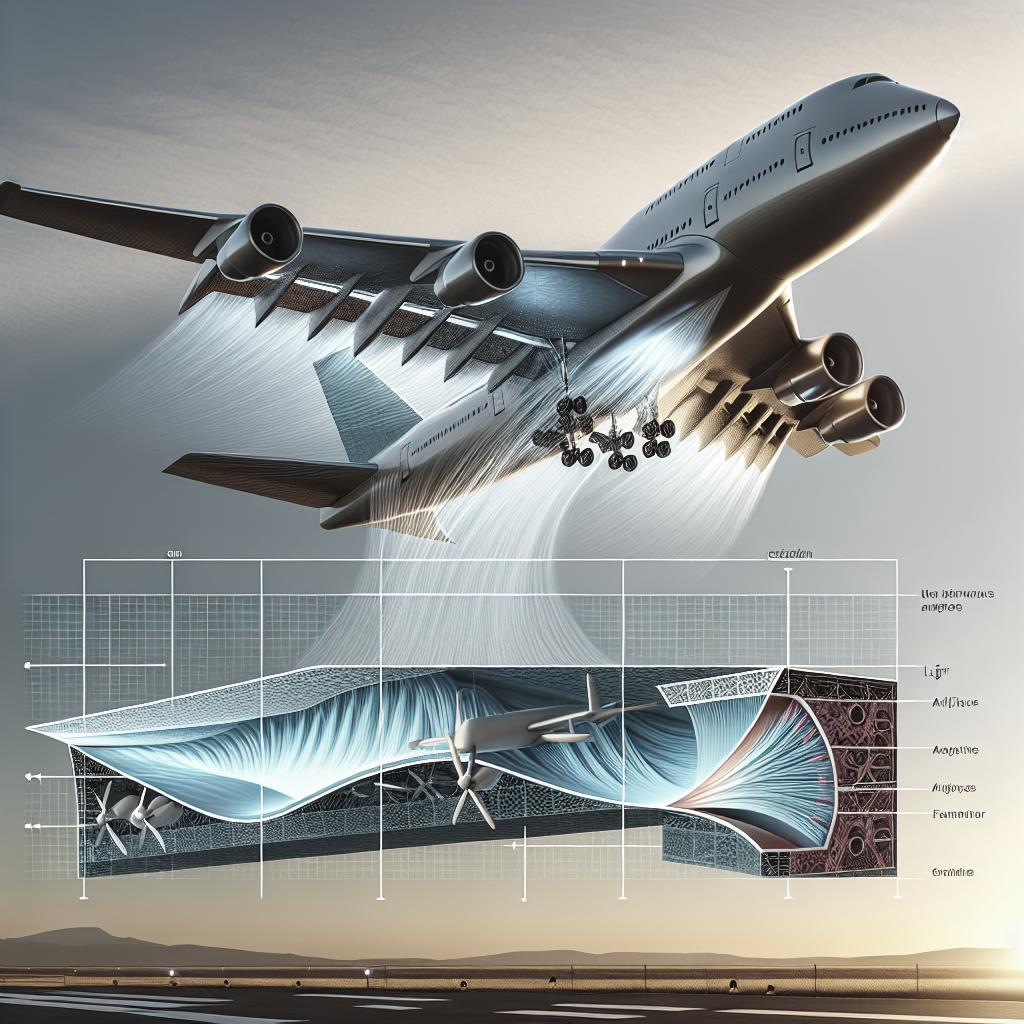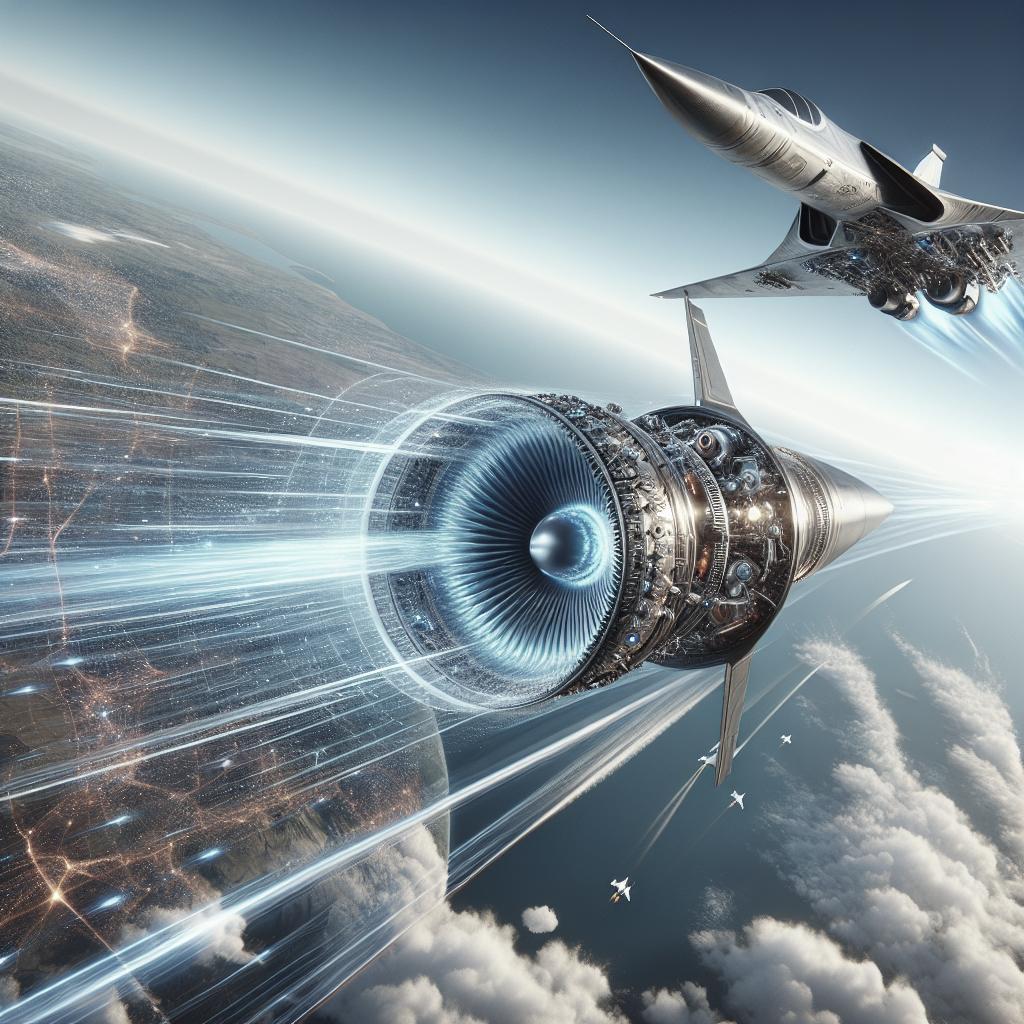How Do Airplanes Achieve Lift?
The concept of lift is crucial for understanding how airplanes fly. This aerodynamic force keeps an aircraft in the sky, thanks to the intricate dance of aerodynamics, physics, and engineering. In this article, we explore the evolution of the airplane wing, dissect scientific principles like Bernoulli’s Theorem and Newton’s Laws of Motion, and demystify the concept of lift. From the earliest innovations to modern theories, we delve into the technicalities of airfoil camber, pressure differences, and more. Whether you’re a curious learner or an aviation enthusiast, join us on this flight into the fascinating realm of lift.
Key Takeaways
Understanding lift involves a blend of historical innovation and complex scientific principles. The development of the wing, experiments in controlled environments like wind tunnels, and the application (and sometimes misapplication) of theories such as Bernoulli’s Theorem and Newton’s Laws are fundamental. This discussion also touches on the challenge of consistently describing and explaining lift through a possible unified theory.
Inventing the Wing
Airfoil Camber
The journey to understanding how wings achieve lift starts with the shape of the wing itself – the airfoil. The curvature known as camber plays a pivotal role in the wing’s ability to generate lift. A cambered airfoil means the upper surface of the wing is curved more than the lower surface, creating differing air velocities over and under the wing.
This difference in velocities leads to varying pressure zones, with higher pressure beneath the wing and lower pressure above. The resultant pressure differential is the basic principle that enables lift. Throughout history, engineers and scientists have experimented with different cambers to maximize efficiency and lift, leading to the advanced designs we see today.
The Origins of Modern Aeronautics
The Wind Tunnel: A Controlled Environment
The invention of the wind tunnel marked a breakthrough in aeronautical engineering. This tool allows researchers to simulate airflow over wings and various aircraft structures in a controlled environment. By observing air patterns, they can iteratively design better aerodynamic shapes and predict how full-sized objects will behave.
Wind tunnels have been instrumental in validating the theories of lift generation and in the practical testing of different airfoil designs. Such experiments have made significant contributions to our understanding of turbulence, drag, and lift, shaping modern aeronautics profoundly.
The Pressure Connection
The interplay of pressure differences above and below the wing is central to the formation of lift. As air travels faster over the top of the wing, pressure reduces, while slower-moving air beneath causes increased pressure. This imbalance creates lift, pushing the wing upwards.
Understanding this pressure connection is essential for designing efficient aircraft. The balance of aerodynamic forces determines stability and control, making this knowledge crucial for developing safe and effective flight systems.
Bernoulli’s Theorem
Hydrodynamica
Bernoulli’s Theorem originated from a work titled “Hydrodynamica”, which laid the groundwork for understanding fluid movements. It explained how an increase in the speed of a fluid occurs simultaneously with a decrease in pressure.
This principle is frequently invoked in the analysis of airflow over wings, providing a clear mathematical relationship that supports the explanation of lift dynamics in terms of velocity and pressure differences.
Incorrect Applications of Bernoulli
Despite its use, Bernoulli’s Theorem is sometimes improperly applied, leading to misconceptions about lift. Critics argue it oversimplifies the complexity of airflow and cannot be a standalone explanation for lift.
The theorem often gets extended beyond its ideal conditions, failing to account for factors like viscosity and turbulence. Understanding these limitations is essential for accurately explaining how lift works.
Flying the Barn Door
A remarkable experiment demonstrates that even flat surfaces, humorously nicknamed ‘barn doors,’ can generate lift. While Bernoulli’s principles apply, Newton’s laws become more significant here, illustrating how thrust and angle influence air deflection and pressure changes.
This example underscores the complexity of lift and the need to look beyond simplistic models to fully grasp the forces at play when objects fly.
Newton’s Laws of Motion
Newton’s Laws offer a substantial framework for understanding lift. Applying Newton’s Third Law, for every action, there is an equal and opposite reaction; an aircraft wing deflects air downwards, resulting in an upward lift force.
Although Bernoulli’s Theorem provides insight, coupling it with Newton’s Laws presents a more comprehensive perspective of lift. These laws account for changes in momentum, offering an intuitive explanation that complements aerodynamic theory.
Describing Lift is not Explaining Lift
An accurate description of lift involves documenting observable phenomena like pressure differentials and airflow patterns. Yet, explaining lift transcends mere description, requiring in-depth knowledge of fluid dynamics and physical laws.
This distinction is crucial for both educating newcomers and advancing aviation science. Clear communication can dispel myths and enhance our understanding of complex aerodynamic interactions.
A Unified Theory of Lift?
The search for a unified theory of lift is ongoing. While the blend of Bernoulli’s Theorem and Newton’s Laws provides substantial insights, the intricate nature of airflow presents new questions and challenges.
Scientists and engineers continue to explore the synergy between these explanations, aiming for a cohesive model that integrates various facets of aerodynamics, expanding our grasp of how lift is generated.
Final Thoughts
| Section | Content Summary |
|---|---|
| Key Takeaways | Lift involves history and science, combining wing development and principles like Bernoulli’s and Newton’s laws. |
| Inventing the Wing | Discussed airfoil camber and how it influences airflow and pressure for lift. |
| The Origins of Modern Aeronautics | Examined wind tunnels and pressure differences critical for lift generation. |
| Bernoulli’s Theorem | Reviewed the theorem’s background and its controversial applications in flight. |
| Newton’s Laws of Motion | Explored how Newton’s Laws complement Bernoulli’s insights on lift. |
| Describing vs. Explaining Lift | Highlighted the importance of distinguishing between description and explanation. |
| A Unified Theory of Lift? | Discussed ongoing attempts to create a comprehensive theory of lift. |
Similar Articles
The Airspeed Indicator – How it Works and What it Does
Explore how this crucial cockpit instrument measures and displays airspeed, informing pilots of crucial data for safe flight operations.
How to Brief an Instrument Approach (Step-by-Step)
A guided walkthrough for pilots on preparing for instrument approaches, focusing on safety, regulations, and navigation strategies.
How to Get a Private Pilot License – Step-by-Step
A comprehensive guide for aspiring pilots, detailing the steps required to earn a private pilot license, from training to the final check ride.


